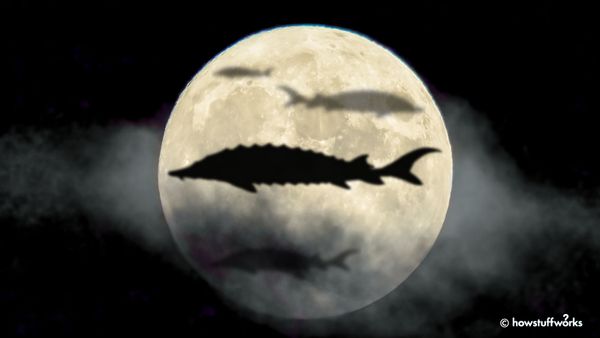Return to the Moon
Since 1972, no one has set foot on the moon. However, there is a renewed effort for a lunar return. Why? In 1994, the orbiting Clementine probe detected radio reflections from shadowed craters at the moon's South Pole. The reflections were consistent with the presence of ice. Later, the orbiting Lunar Prospector probe detected hydrogen-rich signals form the same area, possibly hydrogen from ice.
Where could water on the moon have come from? It was probably carried to the moon by the comets, asteroids and meteors that have impacted the moon over its long history. Water was never detected by the Apollo astronauts because they didn't explore that region of the moon. If there is indeed water on the moon, it could be used to support a lunar base. The water could be split by electrolysis into hydrogen and oxygen -- the oxygen could be used to support life and both gases could be used for rocket fuel. So, a lunar base could be a staging point for future exploration of the solar system (Mars and beyond). Plus, because of the moon's lower gravity, it is cheaper and easier to lift a rocket off of its surface than from Earth.
Advertisement
It might tricky to get back there though, at least for U.S. astronauts. In 2010, President Barack Obama decided to cancel the Constellation program, the intent of which was to get Americans back on the moon by 2020. That means U.S. astronauts may have to hitch a ride with private space companies, which will receive some funding from NASA.
In September 2022, NASA attempted to launch megarocket Artemis 1 on the first mission to the moon since 1972, but technical difficulties have put this on hold for now.
Sources
- Chaisson, E, McMillan, S, "Astronomy Today." Prentice Hall, Upper Saddle River, 2002.
- Exploring the moon, Lunar Prospector Lesson Plans. http://lunar.arc.nasa.gov/education/lesson.htm
- Harland, D.M. "Exploring the moon: the Apollo Expeditions." Springer-Verlag, New York, 1999.
- Kaufmann, W.J. "Universe (4th Edition)." WH Freeman & Co., New York, 1994.
- Lunar and Planetary Institute, Lunar Science and Exploration. http://www.lpi.usra.edu/lunar/
- Lunar Prospector Home. http://lunar.arc.nasa.gov/
- NASA Aerospace Scholars, Lunar Base Designs. http://aerospacescholars.jsc.nasa.gov/HAS/cirr/em/6/8.cfm
- NASA Aerospace Scholars, Lunar Geology. http://aerospacescholars.jsc.nasa.gov/HAS/cirr/em/6/2.cfm
- NASA Aerospace Scholars, Mining and Manufacturing on the moon. http://aerospacescholars.jsc.nasa.gov/HAS/cirr/em/6/6.cfm
- NASA History Office, Apollo Lunar Surface Journal. http://history.nasa.gov/alsj/frame.html
- NASA Lunar Prospector Activity, Lunar Landform Identification. http://lunar.arc.nasa.gov/education/activities/active13a.htm
- NASA moon Lithograph. http://lunar.gsfc.nasa.gov/images/outreach/62217 main_moon_Lithograph.pdf
- NASA Solar System Exploration, Earth's moon. http://solarsystem.nasa.gov/planets/profile.cfm?Object=moon
- Planetary Science Institute, The Origin of the moon. http://www.psi.edu/projects/moon/moon.html
- Taylor, G.J. "A New moon for the Twenty-First Century." http://www.psrd.hawaii.edu/Aug00/newmoon.html
- Taylor, G.J. Gateway to the Solar System, Lunar Prospector Teacher's Guide. http://lunar.arc.nasa.gov/education/teacher/index.htm
- Taylor, G.J. Origin of the Earth and moon. http://solarsystem.nasa.gov/scitech/display.cfm?ST_ID=446
- Wilhelms, D.E. "To a Rocky moon: a Geologist's History of Lunar Exploration." University of Arizona Press, Tucson, 1993.


